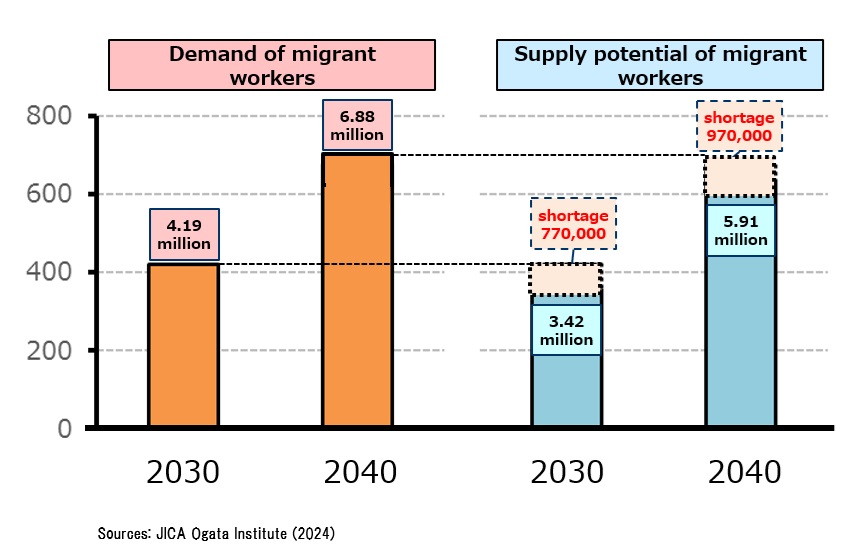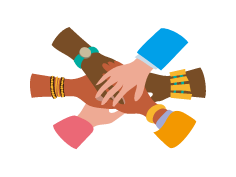―Ukrainian-Japanese Exchange Event―


According to an estimate by the United Nations, the number of migrants in the world was 281 million in 2020, which is about 3.6% of the global population (IOM, World Migration Report 2020). While the global migration is not a new phenomenon, the promotion of decent migration as a global agenda has been receiving growing attention since the adoption of the "Global Compact for safe, orderly and regular migration" in 2018 , in which the international community expressed “collective commitment to improving cooperation on international migration”.
While global movements of migrant workers can be regarded as a response to imbalances of incomes and well-being between countries, labour migration is a means to meet the individual migrant’s economic aspiration, as well as a driver of economic growth in both origin and host countries.
Skills, experiences, and financial savings that migrant workers bring back to their home serve the economic growth of the country. Promoting conditions for decent movement of migrant workers is essential to maximize such benefits. One of the highlights of the World Bank’s World Development Report 2023, “Migrants, Refugees and Society," is that migrant workers deliver the biggest benefits to both host and origin countries, as well as migrants themselves, when their skills and attributes strongly match the needs of the host country. In order to make it happen, both host and origin countries of migrant workers should work on creating suitable environment for labour migration.
Moreover, there are various challenges that migrant workers may face in each step of labour migration. Leaving their home and living in a place with unfamiliar cultures and social orders, migrant workers may often find themselves in a position vulnerable to challenges due to their status and positions in the workplace and community. They are often exposed to risks of their human rights being abused during the entire phase of the migration process. Protection of the human rights of people who move across the borders is an urgent demand from the human security, a core value of JICA and a guiding principle of Japan's Development Cooperation.
Supply-demand gap of migrant workers

Voices calling for migrant workers has never been louder than today in Japan. Arrival of more migrant workers and their flourishing work in Japan is a key element to maintain stable economic growth of Japan, which currently faces a challenge of labour shortage for being aging society. The number of migrant workers in Japan has been growing since the 1990s and reached the highest record of 1.82 million in 2022. It was 2.7 times larger than the number in 2012. According to research(*1) by JICA, Japan will need 4.19 million migrant workers in 2030 to sustain the targeted annual GDP growth rate (1.24%), while the expected number of migrant workers in Japan is 3.56 million at the current pace, making a gap of 630,000 people . There is an urgent need to make Japan a country of choice for migrant workers, as a place appealing to live and work in.
*1 JICA Ogata Research Institute(2022)
Most migrant workers in Japan arrive from developing countries in the Southeast Asia and other regions, with which JICA has been partnering through its development cooperation programs for decades. JICA's long-standing history of cooperation with developing countries to promote quality growth and human security has allowed JICA to build mutual trust with those countries while gaining knowledge on how best to promote capacity building. JICA is committed to build on such assets and realize social and economic development for both the origin and host countries through realization of proper and effective migration. JICA has set three pillars for its endeavor.








scroll